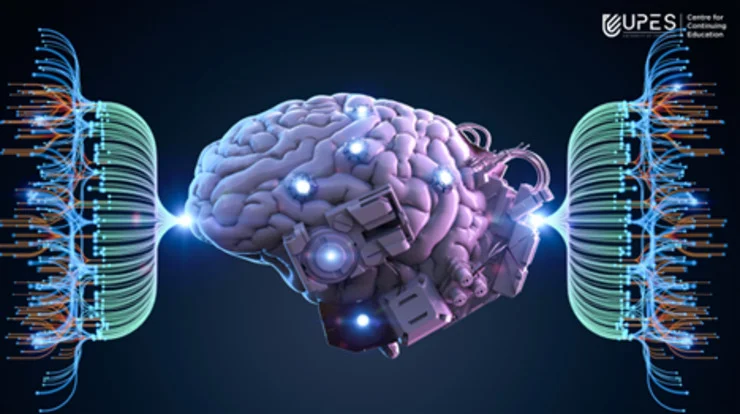Data Mining: Uncovering Hidden Patterns and Relationships in Data
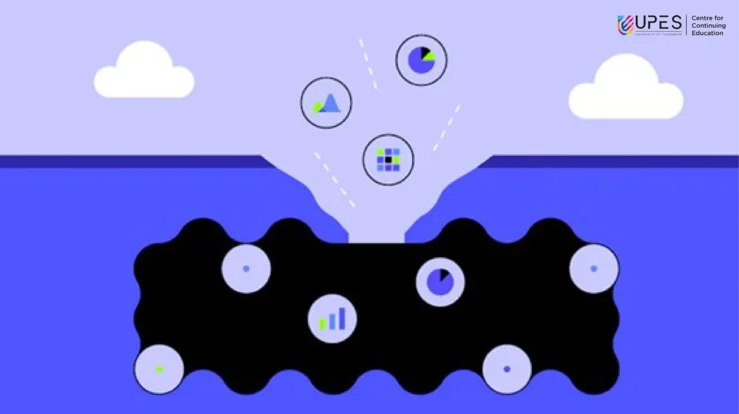
Data mining is discovering patterns and relationships in large datasets through computational methods.
Data mining is now a crucial technique in many sectors, including data analytics and business analytics, due to the growing availability of data. Finding hidden patterns and relationships in the data that are not immediately obvious through plain observation is one of the main goals of data mining.
Uncovering hidden patterns with data mining is crucial for making informed decisions and gaining a competitive advantage.
This talks about how analysis of big data and its detailed mining with patterns including classification, and regression analysis and more declutter an enormous amount of information and contribute in application in business decision making, customer relationship models and controlling of business dynamics.
What is Data Mining?
Data mining uses data mining techniques to extract useful and valuable information from large datasets.
Guide decision-making involves identifying links and patterns in the data. Data mining techniques include clustering, association rule mining, classification, and regression analysis.
Clustering, association rule mining, classification, and regression analysis are all essential data mining techniques for analyzing large datasets.
By dividing the data into groups or clusters based on their similarity, clustering is particularly beneficial for discovering patterns in the data that may take time to find patterns in the data.
On the other hand, association rule mining makes suggestions by figuring out links between different data variables and recognizing co-occurrence patterns.
The technique of classification divides data into predetermined classes according to its characteristics, making it useful for making predictions based on historical data. Regression analysis is also helpful for creating predictions based on historical data since it models the relationship between variables in the data.
What methods does data mining use to find patterns and relationships in data?
Data mining uses various methods to find finding patterns and turns in data.
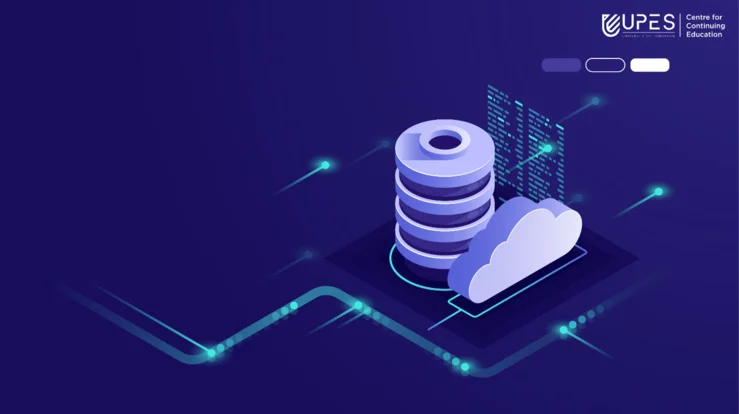
Generally speaking, the techniques can be divided into supervised and unsupervised learning.
When the output variable is known, supervised learning techniques uncover patterns and relationships in the data. Regression analysis and classification are some of these techniques.
Type aims to divide the data into preset classes according to their characteristics. Regression analysis seeks to model the relationship between different data variables.
When the output variable is unknown, unsupervised learning techniques uncover patterns and relationships in the data. Clustering and association rule mining are two of these techniques.
Clustering aims to group or cluster the data according to their similarities. Association rule mining is used to find connections between variables in the data.
Another essential method used in data mining tools is anomaly detection, which is used to identify unusual or rare data instances that may indicate a significant event or problem.
What is the Hidden Pattern in Data Mining?
In data mining, hidden patterns refer to the relationships or structures in the data that are not immediately apparent through simple observation.
These patterns can be discovered using various data mining techniques, including clustering, association rule mining, classification, and regression analysis.
In various applications, such as business analytics, healthcare, and social sciences, hidden patterns can help make informed judgments. Large datasets can be mined for insightful information that firms can use to streamline processes, boost customer happiness, and spur growth.
Types of Hidden Patterns
Several types of hidden patterns can be discovered through data mining:
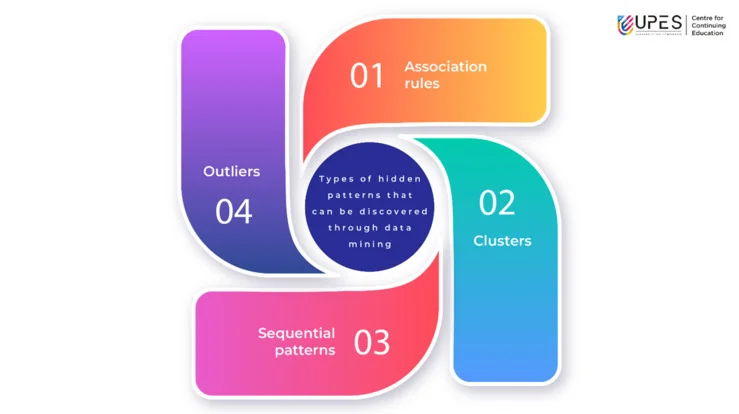
Association Rules:
These patterns make the connections between the data’s variables clear. For example, according to association guidelines, clients who purchase product A will also likely purchase product B.
Sequential Patterns:
These patterns make the temporal linkages between the data’s events clear. For example, sequential patterns may show that website visitors are likelier to complete a transaction during a specific time window.
Clusters:
These are collections of data points distinct from other groups but related to one another. Data patterns that are not readily visible through straightforward observation may be revealed by cluster analysis.
Outliers:
These data points differ significantly from the dataset’s other data points. As a result, essential facts about the data may be revealed by outliers that would not be visible by straightforward observation.
Also Read: Questions to Prepare for a Data Mining Interview
Applications of Hidden Patterns in Data Mining
Hidden patterns discovered through data mining can be used in a variety of data mining applications:
1. Business Analytics:
Cross-selling opportunities, marketing campaign optimization, and fraud detection can all be done using hidden patterns.
2. Healthcare:
Disease outbreaks can be predicted, risk factors for specific diseases can be found, and treatment strategies can be tailored using hidden patterns.
3. Social Sciences:
Hidden patterns can be utilized to analyze social networks, comprehend human behavior, and forecast voting trends.
Conclusion
Data mining is an effective method for locating hidden links and patterns in massive datasets. Data mining can produce insightful information that can guide decision-making in various sectors using supervised and unsupervised learning techniques, anomaly detection, and data pretreatment techniques.
There are numerous data mining examples, such as in the healthcare industry, where data mining has been used to predict disease outbreaks and personalize treatment plans.
Data mining has been used in the corporate world to improve marketing efforts, spot cross-selling opportunities, and catch fraud.
UPES Online Admission Enquiry
Recommended Courses

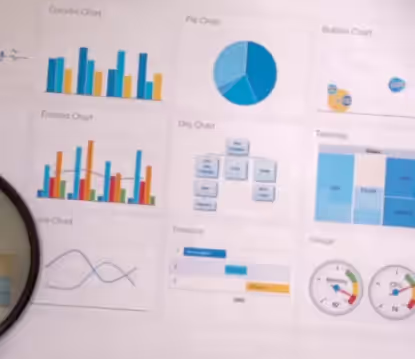
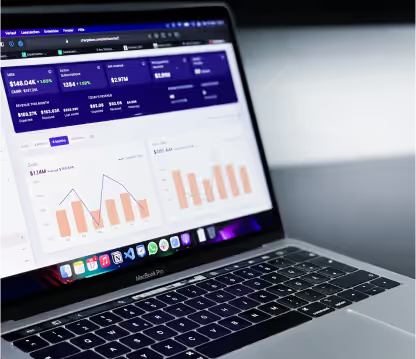
Latest Blogs
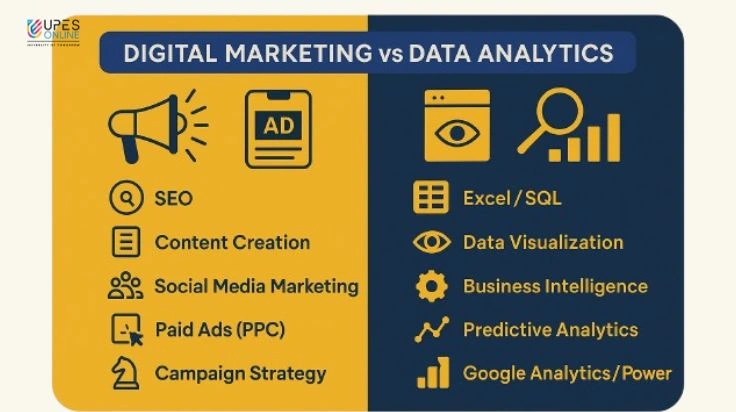
Digital Marketing vs Data Analytics: Which Career Should You Choose?
Battle of skills: Digital Marketing vs Data Analytics—compare 2025 salaries, skills & job roles. Expert tips to choose your future career path!
Read MoreJun 15, 2025 I 12 mins
Why Should I Choose UPES Online? 10 Reasons Why
Explore why UPES Online stands out in online education. Learn about flexible learning, UGC-approved degrees, expert faculty & credible online programs. Enroll now!
Read MoreAug 21, 2025 I 5 min
Can Distance Learning Fully Replace Traditional MBA Education? Challenges & Limitations
Find out if distance learning can truly replace a traditional MBA. Learn key challenges, limitations, expert opinion & insights.
Read MoreSep 2, 2025 I 4 mins
Online MBA Capstone Projects and the Importance They Hold
Know the importance of online MBA capstone projects. Learn how they build real-world skills, boost career opportunities, & add industry value.
Read MoreSep 7, 2025 I 5 mins
UPES Online MBA vs Other Top Universities: Why Students Prefer UPES
Compare UPES Online MBA with other top universities. Know why students prefer UPES online over others. Check fee, flexibility, faculty, ROI, & career scope.
Read MoreOct 1, 2025 I 7 mins



